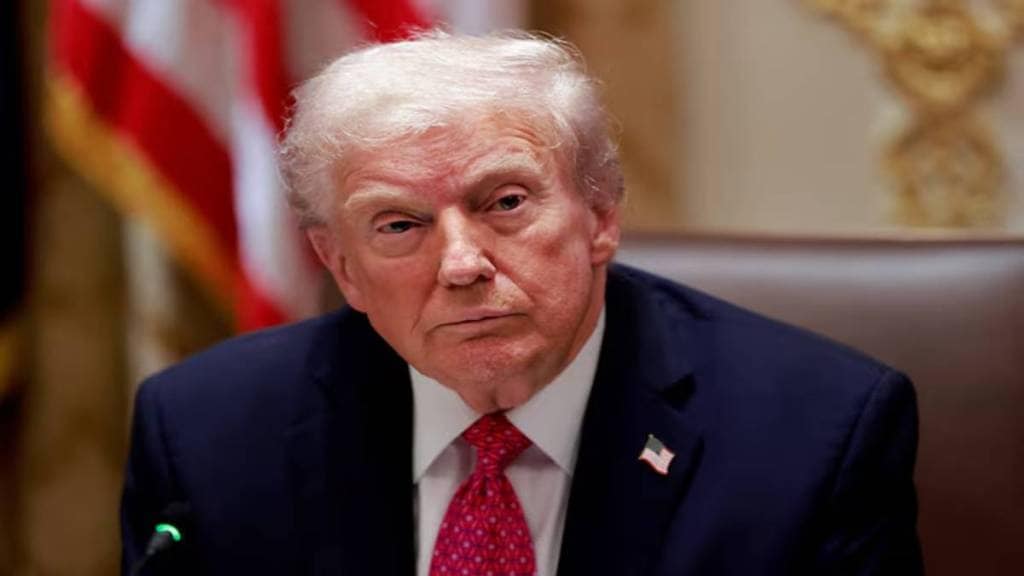U.S. President Donald Trump on Friday signed orders expanding credits for U.S. auto and engine production and setting new 25% tariffs on imported medium- and heavy-duty trucks and parts starting November 1.
The tariffs, which the orders say are being made on national security grounds, are aimed at shifting more auto production to the United States but could be a significant blow to Mexico, which is the largest exporter of medium- and heavy-duty trucks to the United States.
Trump is also setting a 10% tariff on imported buses.
Expanded credit incentives for automakers
Trump’s order makes automakers eligible for a credit equal to 3.75% of the suggested retail price for U.S. assembled vehicles through 2030 to offset import tariffs on parts.
He is also extending the 3.75% credit for U.S. engine production and for U.S. medium- and heavy-duty truck production.
The new tariffs cover all Class 3 through Class 8 trucks, including large pick-up trucks, moving trucks, cargo trucks, dump trucks, and tractors for 18-wheelers.
Trump last month said the tariffs were to protect manufacturers from “unfair outside competition” and the move would benefit companies such as Paccar-owned Peterbilt and Kenworth and Daimler Truck-owned Freightliner.
The U.S. Chamber of Commerce earlier urged Trump not to impose new truck tariffs, noting the top five import sources are Mexico, Canada, Japan, Germany, and Finland “all of which are allies or close partners of the United States posing no threat to U.S. national security.”
Reuters first reported the details of the auto tariff action on October 3.
The order provides GM, Ford, Toyota Motor, Stellantis, Honda, Tesla, and other automakers with financial relief against tariffs paid on imported auto parts that were previously imposed by the Trump administration.
The Commerce Department said in June it planned an import adjustment offset equal to 3.75% of the suggested retail price for eligible U.S. assembled vehicles through April 2026 and then a second year at 2.5% to address tariffs from imported automobile parts.
The revised credit expands it to five years, keeps it at 3.75% throughout and extends it to more parts, which makes it more valuable for automakers and could give companies more incentive to shift production, Republican Senator Bernie Moreno said.
Ford CEO welcomes the move
Ford CEO Jim Farley said Trump’s order would help make auto parts affordable for U.S. production and the new import tariffs on larger trucks would help level the playing field with imports.
In May, Trump imposed 25% auto tariffs on more than $460 billion worth of imports of vehicles and auto parts annually, but has since struck deals to reduce those tariffs on some countries including Japan, the United Kingdom and the European Union.
The Commerce Department said in August it was hiking steel and aluminum tariffs on more than 400 products including numerous auto parts totaling $240 billion in annual imports. The parts include automotive exhaust systems and steel needed for electric vehicles as well as components for buses.
GM said earlier this year the company will face up to $5 billion in gross tariff-related costs this year, while Ford cited a $3 billion gross hit.

